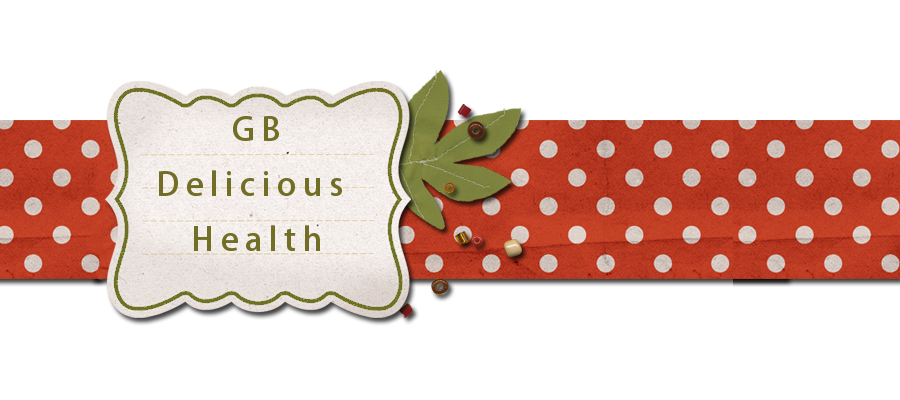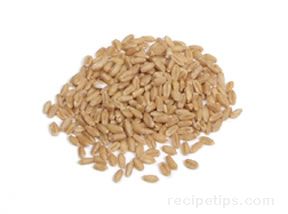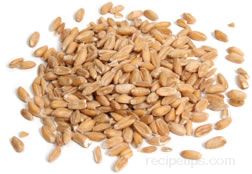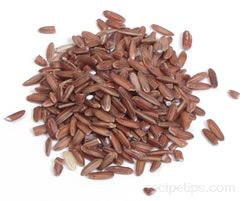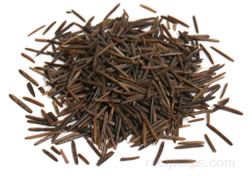Over this past year I have had to experiment with many new ingredients as I narrowed down some food sensitivities I have. I am so glad that I took the time to go through this process - not only do I feel better but I also feel as my eyes have been opened to a whole new side of food.
I love the food I ate growing up. Most of it was traditional recipes and natural ingredients; comfort food. Shepard's pie, spaghetti and meat sauce, casseroles and meat and potato meals. I still make meals like these but I feel as though I am learning where the gaps are nutritionally in some of these meals. A lot of it had to do with the grains I was using. White flour and white rice are ok but with such great alternatives that offer so much more in terms of health why not incorporate them!
I found this information at
www.recipetips.com I have copied some of the information on the most common grains here but take the link over to their site to see a more comprehensive list.
|
Grains are composed primarily of carbohydrates, but the quantity varies according to the type of grain. Carbohydrates account for 65 to 90 percent of the calorie content of grain. Protein usually accounts for 7 to 15 percent of the calories and the fat content, contained wholly within the germ, makes up the remainder of the calories.
Grains do not contain any saturated fat or cholesterol, which are linked to many health problems. Grains are a rich source of protein, but the type protein found in most grains lacks some of the essential amino acids that only can be obtained from animal sources.
Whole grains are loaded with vitamins and minerals, especially in the bran and germ, but these components are often removed when some grain products are processed, such as when wheat is processed into the white flour that is favored in Western cultures. The bran is also loaded with soluble and insoluble fiber. Soluble fiber helps to lower the cholesterol level in the blood, and insoluble fiber is important for digestive health. Removal of these components from the grain is often attributed to the rise in many of the health problems associated with diets low in fiber. When grains and grain products (especially whole grains and whole-grain products) are combined with a balanced diet, they are one of the most important foods for providing proper nutrition.
|
Wheat
Among the nutrients present in whole wheat are high levels of protein, fiber, iron, B vitamins, thiamin, niacin, magnesium, phosphorus, and zinc. Studies have shown that the insoluble fiber in wheat bran may help fight colon cancer and at very least, it is beneficial for the digestion.
Wheat contains high levels of gluten, so it should not be consumed in any form by gluten intolerant individuals. Many products contain wheat (not just the obvious bakery products). Foods as varied as distilled vinegar to canned soups may contain wheat, so it is important for gluten intolerant individuals to read and understand the ingredients list of a wide range of food products to ensure that gluten is not entering their diets.
Nutritional Profile
(based on ¼ cup dry grain)
Note: Different varieties of wheat have different nutritional profiles. The level of protein is one of the most significant differences between varieties. The nutritional profile shown below is for hard red spring wheat.
- Calories = 158
- Total Fat = 1 g
- Saturated Fat = 0.25 g
- Cholesterol = 0 mg
- Sodium = 1 mg
- Carbohydrate = 32.75 g
- Dietary Fiber = 5.75 g
- Protein = 7.5 g
- Contains Gluten
|
Spelt
Spelt is making a comeback in the United States not only because of its good flavor, but also because of its nutritional qualities. Spelt contains a higher level of protein (up to 25% more) than soft white wheat varieties, but it has a protein level that is the same or less than hard red wheat varieties.
Spelt is a rich source of B vitamins and fiber. Other nutrients found in spelt include iron, magnesium, niacin, thiamin, and phosphorus. It has been shown that the carbohydrates in spelt are useful in enhancing the immune system and in helping to clot the blood. Since spelt is a species of wheat, it contains gluten; therefore, it should not be consumed by gluten intolerant individuals.
Nutritional Profile
(based on ¼ cup dry grain)
- Calories = 140
- Total Fat = 1 g
- Saturated Fat = 0.25 g
- Cholesterol = 0 mg
- Sodium = 0 mg
- Carbohydrate = 31 g
- Dietary Fiber = 3 g
- Protein = 6 g
- Contains Gluten
|
Rice
White rice varieties basically begin as brown rice but are stripped of the husk, bran, and germ during processing (polished grains). The removal of these components from the rice grains allow the rice to cook at a faster rate than whole-grain rice. This advantage makes white rice more popular than brown rice, but since the bran and germ are removed, it is also the least nutritious. White rice is often enriched with nutrients, such as iron, niacin, thiamin, and riboflavin (especially in Western nations), to help restore some of the lost nutritional value. Flour milled from rice contains no gluten, so it is an excellent choice for people who are gluten intolerant.
Nutritional Profile
(based on ¼ cup dry grain)
Note: The nutritional profile shown below is for long-grain brown rice.
- Calories = 171
- Total Fat = 1.25 g
- Saturated Fat = 0.25 g
- Cholesterol = 0 mg
- Sodium = 3.25 mg
- Carbohydrate = 35.75 g
- Dietary Fiber = 1.5 g
- Protein = 3.75 g
- Gluten Free
|
Wild Rice
Wild rice is one of the most nutritious grain-like foods. It is very low in fat and very high in fiber. In addition, it has nearly twice the protein of true rice varieties, and it is loaded with B vitamins, folate, niacin, thiamin, iron, phosphorus, zinc, and magnesium.
Nutritional Profile
(based on ¼ cup dry grain)
- Calories = 143
- Total Fat = 0.5 g
- Saturated Fat = 0 g
- Cholesterol = 0 mg
- Sodium = 2.75 mg
- Carbohydrate = 30 g
- Dietary Fiber = 2.5 g
- Protein = 6 g
- Gluten Free
|
Oats
Oats are one of the most nutritious of all grains and are considered a good source of the soluble fiber betaglucan, which helps to decrease cholesterol levels in the blood. Other important nutrients found in oats are B vitamins, vitamin E, copper, iron, zinc, magnesium, phosphorous, calcium, and thiamin, all of which are important for maintaining a healthy body.
Oats may contain gluten, the substance in some grains that gives dough (made from the grain) its elasticity and helps bread to rise properly. Although there is some debate as to whether oats actually contain gluten, people who must follow a gluten-free lifestyle should consult medical professionals before consuming oats and products made from oats.
Nutritional Profile
(based on ¼ cup dry grain)
- Calories = 152
- Total Fat = 2.75 g
- Saturated Fat = 0.5 g
- Cholesterol = 0 mg
- Sodium = 0.75 mg
- Carbohydrate = 25.75 g
- Dietary Fiber = 4.25 g
- Protein = 6.5 g
- May Contain Gluten
|
Buckwheat
Buckwheat is a rich source of the amino acid lysine. It contains high levels of protein, calcium, magnesium, phosphorous, B vitamins, and iron.
Because of its name, many people assume that buckwheat is a type of wheat; therefore, it must contain gluten, but this isn't true. Buckwheat, in fact, isn't even remotely related to wheat. It is actually an herb plant related to rhubarb and sorrel, bearing seeds that are used as a grain. It is gluten free; therefore, buckwheat is an excellent wheat substitute for people who are allergic to gluten.
Nutritional Profile
(based on ¼ cup dry grain)
- Calories = 146
- Total Fat = 1.5 g
- Saturated Fat = 0.25 g
- Cholesterol = 0 mg
- Sodium = 0.5 mg
- Carbohydrate = 30.5 g
- Dietary Fiber = 4.25 g
- Protein = 5.75 g
- Gluten Free
|
